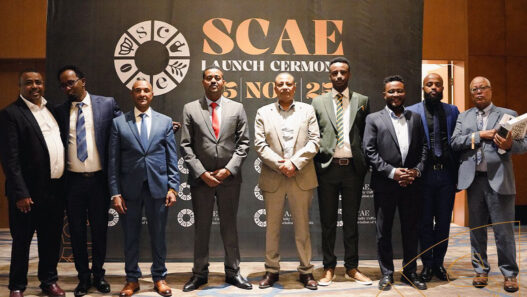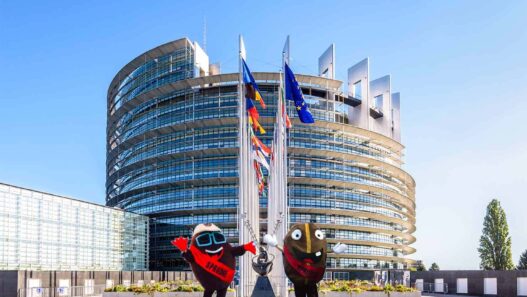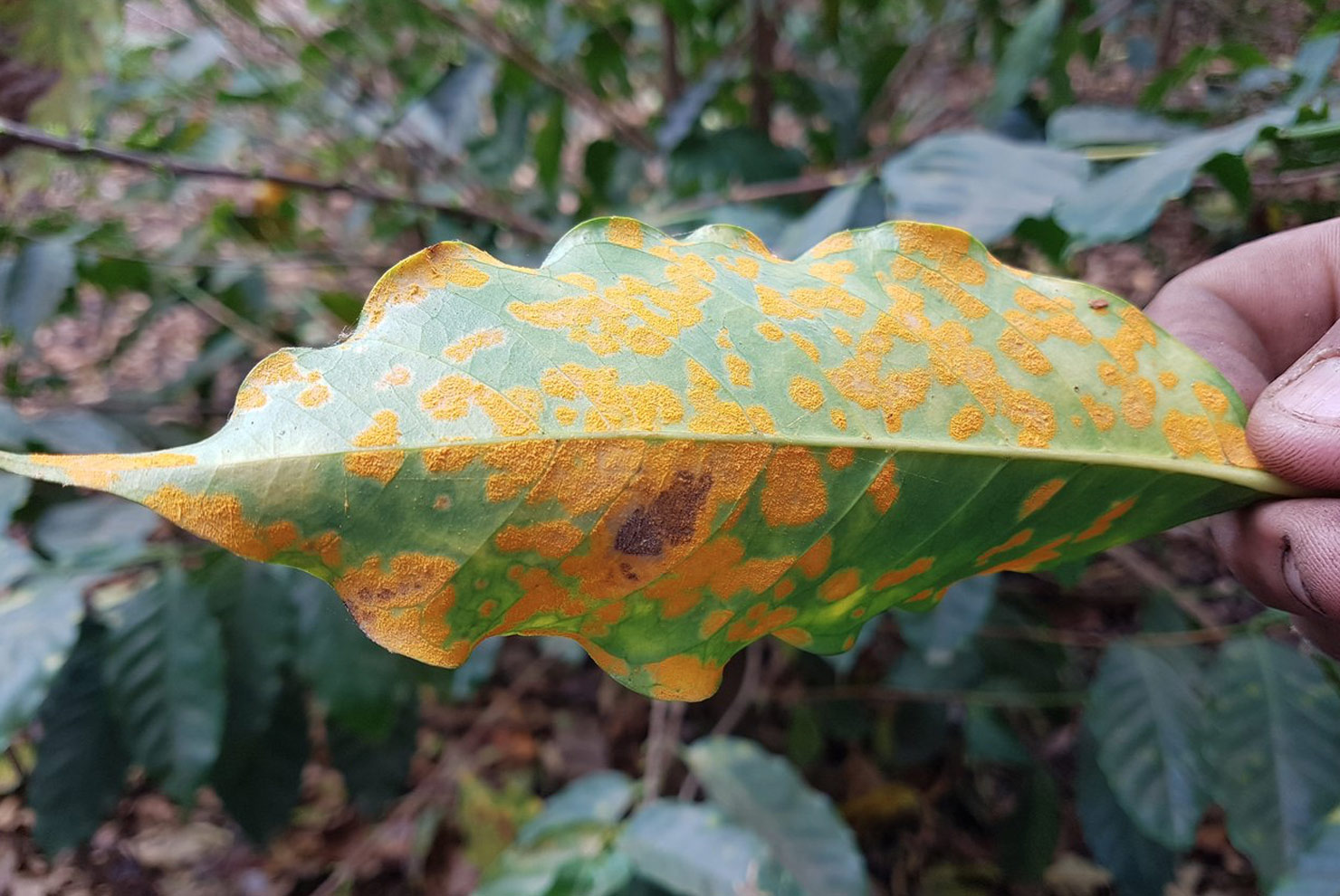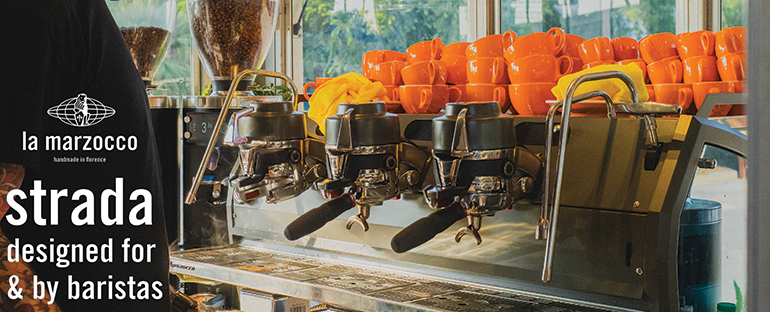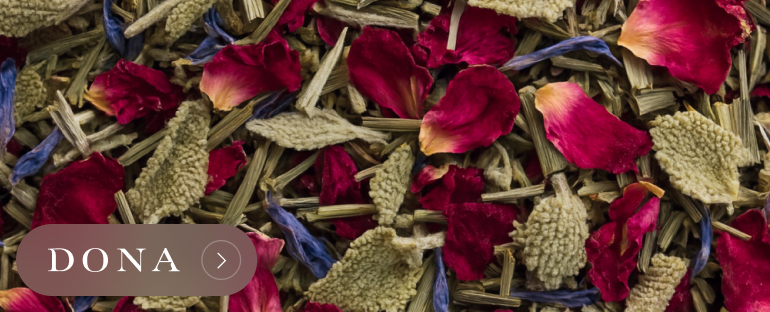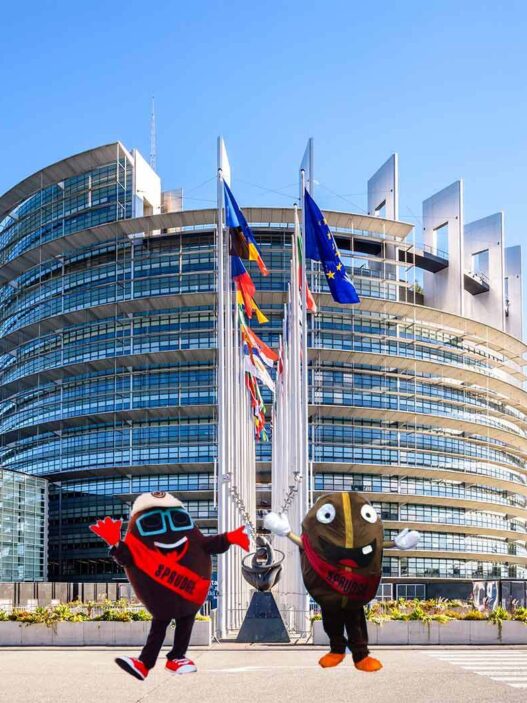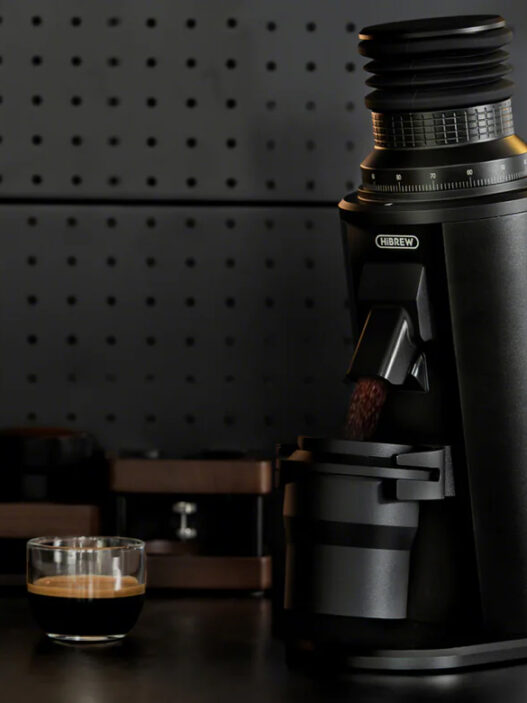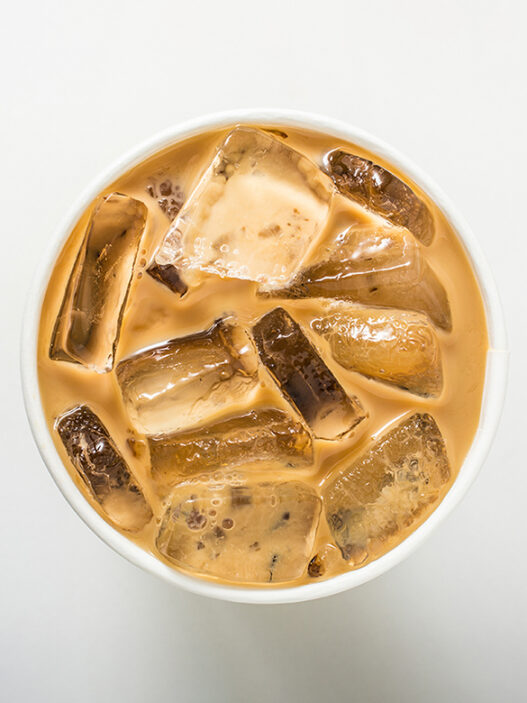Much like the coffee borer beetle we reported on last week, coffee leaf rust is one of the original threats to arabica coffee production. Leaf rust, or roya, was first discovered in the 1800s and has spread to nearly every coffee growing region in the world. Caused by the fungus Hemileia vastatrix, leaf rust causes coffee trees to lose their leaves, which results in lower quality and yield, up to 75% of the total crop in extreme cases.
To better understand and combat roya, World Coffee Research conducted a globe-spanning research project that “is the most extensive evaluation of arabica coffee varieties under diverse environmental conditions to date,” and their findings have just been made public.
Published recently in the journal Frontiers in Plant Science, the WCR led a global collaboration of over 20 different research collaborators, representing 23 coffee growing sites in 15 different countries. The goal of the project was to see how different varieties of arabica were affected by CLR using real-world conditions.
One of the many issues with combating CLR is that there is no single version of it. Per WCR, over 55 different races of CLR have been identified thus far, and each interacts with differently with different coffee varieties. This is compounded further by arabica’s own varied resistance. Arabica coffee contains resistance genes, known at SH genes. There are a total of nine different SH genes, and arabica varieties will contain some combination of these genes, but thus far no variety has been found to possess all nine.
To understand how these variations interact, in 2015 the WCR initiated the International Multilocation Variety Trial that placed “31 arabica coffee varieties from 11 breeding programs worldwide into 29 research plots in 18 countries.” These would go on to be the 23 growing sites in 15 countries used in the paper.
By comparing efficacy of certain arabica varieties in a variety of locations, the WCR was able to get a clearer picture of how to combat CLR.
Their main takeaway is that there is no one-size-fits-all solution to leaf rust. While some varieties—like Parainema, Kartila 1, and IPR107—showed a higher resistance across multiple sites, they found that environment plays a significant factor. Where a coffee is produced will affect which CLR races are present due to the climate conditions and how the crops are cared for. This creates “strong genotype-by-environment effects,” meaning that a variety of coffee that is exceptionally resilient to CLR in one growing environment may be very susceptible in another.
They identified four major “mega-environments” as well as pinpointed which “specific sites within each were most effective.” This allows breeders to be better equipped to test new varieties of arabica for CLR resilience.
Currently the best defense against leaf rust for producers is to plant resistant varieties, and this new study can help coffee growers determine what that means for them specifically. For more information on the study, visit World Coffee Research’s official website.
Zac Cadwalader is the managing editor at Sprudge Media Network and a staff writer based in Dallas. Read more Zac Cadwalader on Sprudge.






